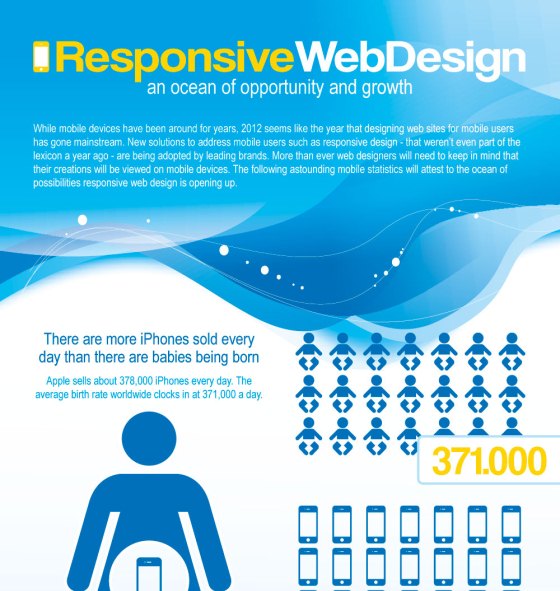Web Designs: Enhancing Individual Experience For Better Conversions
Web Designs: Enhancing Individual Experience For Better Conversions
Blog Article
seo web copywriting -Refsgaard Dickey
Have you ever visited an internet site that took forever to lots, had a confusing navigation system, or didn't present effectively on your mobile phone? Chances are, you swiftly abandoned that website and went on to one that gave a far better customer experience.
In today's competitive on-line landscape, it's critical for services to focus on website design that boosts user experience in order to drive better conversions. In this conversation, we will explore the importance of responsive layout, the application of intuitive navigating, and the optimization of page load speed to develop a seamless and engaging individual trip.
Stay tuned to uncover how these elements can substantially impact your internet site's success.
Relevance of Responsive Style
Receptive style is vital in today's digital landscape for creating web sites that adapt flawlessly to various display dimensions and gadgets. When your internet site is responsive, it immediately changes its layout and web content to fit any kind of device, whether it's a mobile phone, tablet computer, or desktop computer. This is essential due to the fact that a growing number of people are accessing the web via their mobile devices.
If your website isn't responsive, it can bring about a poor customer experience. Users might need to squeeze and zoom to read material, switches might be as well little to click, and pictures may not be maximized for smaller sized displays. This can irritate users and lead to high bounce prices and reduced conversions.
Utilizing Intuitive Navigating
When developing a responsive internet site, it is essential to concentrate on using instinctive navigation for an enhanced user experience.
Intuitive navigating refers to arranging your site's food selection and navigating aspects in a sensible and user-friendly way. By doing so, search engine marketing firm make it simpler for visitors to locate what they're trying to find and browse via your website effortlessly.
Intuitive navigating helps in reducing confusion and frustration, eventually causing better individual engagement and increased conversions.
To attain user-friendly navigation, consider using clear and detailed labels for your menu things, executing a consistent design across all pages, and incorporating search performance for quick accessibility to details web content. Additionally, it's essential to focus on important pages and info, ensuring they're prominently shown and quickly accessible.
Optimizing Web Page Load Rate
To enhance customer experience, it's crucial to optimize the page lots rate of your site. Sluggish packing times can irritate individuals and bring about higher bounce rates.
Fortunately, there are several techniques you can implement to enhance your web site's lots speed. To start with, consider reducing visit the following web site of your pictures by compressing them without compromising quality.
Additionally, enhance your code by minimizing unneeded manuscripts and CSS documents. Another effective technique is to take advantage of browser caching, which enables specific aspects of your site to be kept in your area, decreasing lots times for returning site visitors.
In addition, take into consideration using a content distribution network (CDN) to distribute your web site's files across multiple servers, improving tons speed for individuals in different geographical places.
Final thought
Finally, by utilizing responsive style, intuitive navigating, and optimizing web page tons speed, website design can considerably improve customer experience and drive better conversions.
With an easy to use interface, simple navigation, and quick filling times, sites can record and maintain the focus of customers, causing enhanced engagement and greater conversion rates.
So, don't postpone in applying these website design techniques to guarantee a smooth and effective user experience!
